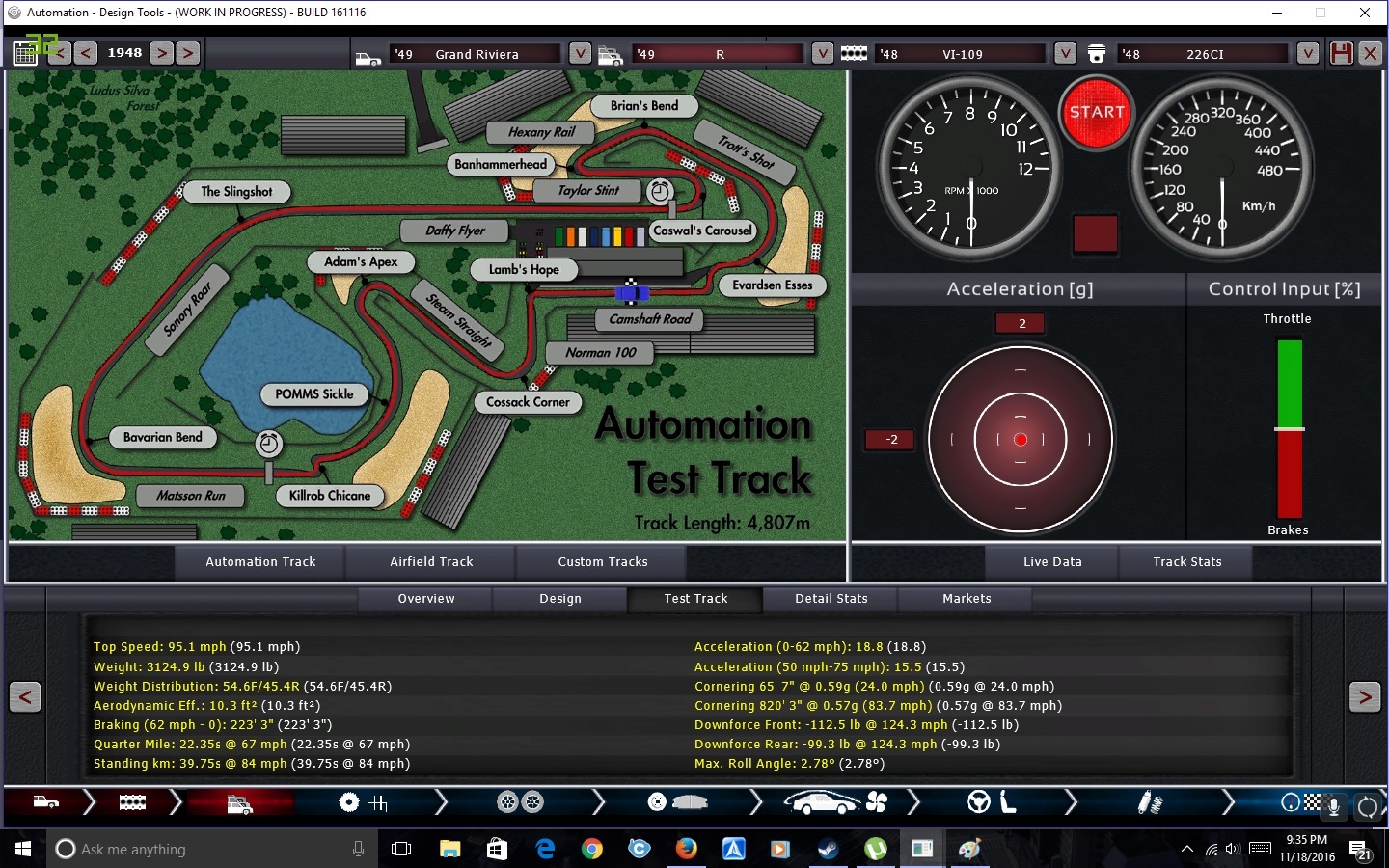#Grand Riviera
While the G-series started being designed, another project also started. It was for Galts first Family Sedan. it was initially meant to launch alongside the G-series, however, they could not afford a second production line immediately. during this time, a few refinements had been made, including the introduction of a third trim, the UT. As for the car itself, it introduced the trim naming system still used by Galt to this day, with the R being the base model, and the PR being one of the earliest V8 family Sedans. the R features a 3.7L 226 I6 based on the 4.1L 250 I6 used in the G-series, and the PR features a 4.1L 249CI V8 in the “Galt Small Block” Family. the added UT trim was effectively just a PR sedan with the body modified to have a bed and stiffer rear springs, which makes a majority of parts compatible between these two trims. As a result of these, galt sold about 650,000 of the Grand Riviera Sedan, with a common sales pitch being "The engines are from the trucks."The exact sales figure of the R and PR are unknown, however the UT has been estimated to only have 4,000 units produced before Galt realized they were just competing against their own G-series, so as a result, all UT’s are 1449 model year only, and this rarity makes them the most sought after version, with ones in rough condition fetching up to $15,000+ and a numbers matching preserved model has fetched upwards of $98,000. Restored models Go for closer to just $49,000. there is an estimated 2,800 of these UT’s left, and an estimated 300 are in fields rotting away. Regardless though, the success of the Grand Riviera gave Galt enough capital, to secure themselves a place in the world market, and making them a long-lasting stable company.
lazy with screenshots again
#R
#PR
#UT
PS: since this is the initial history of my company done, don’t expect as much backstory and for it to intertwine as much with previous models, as the model years might be varying very differently








